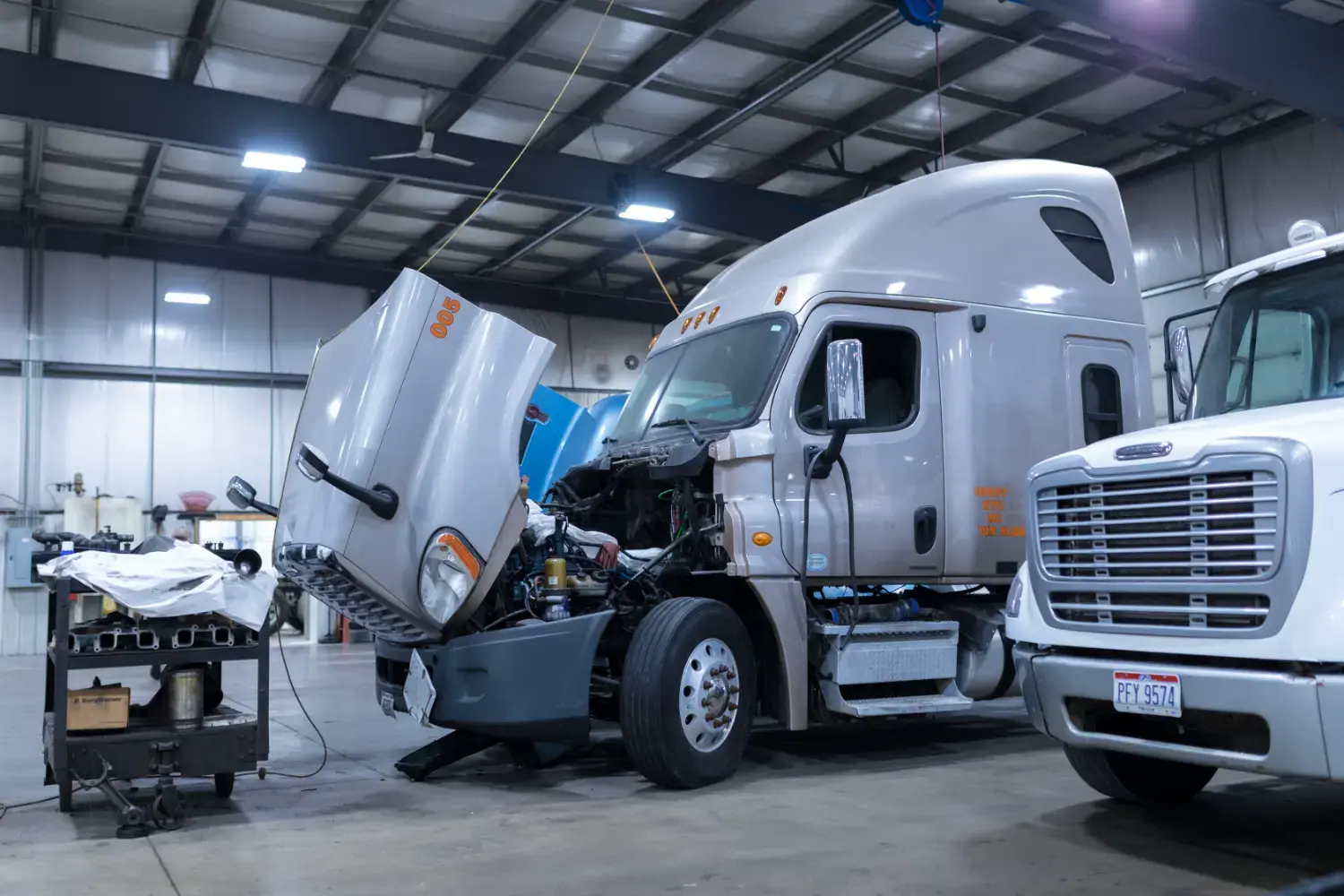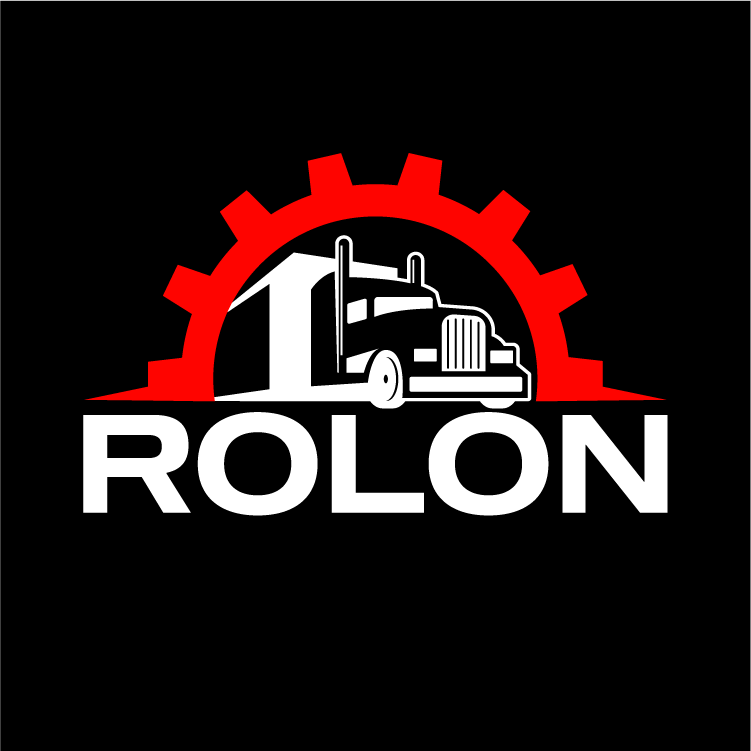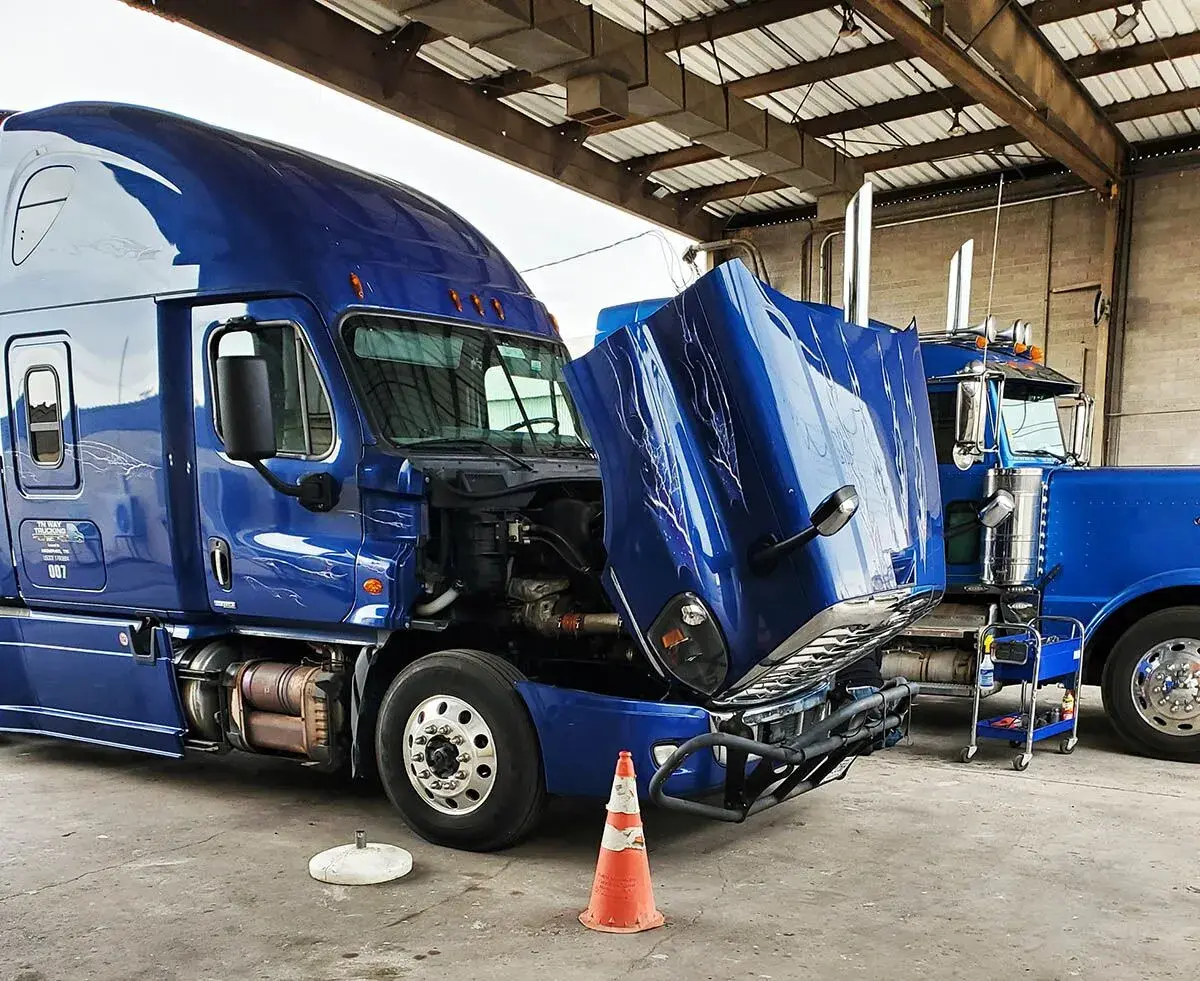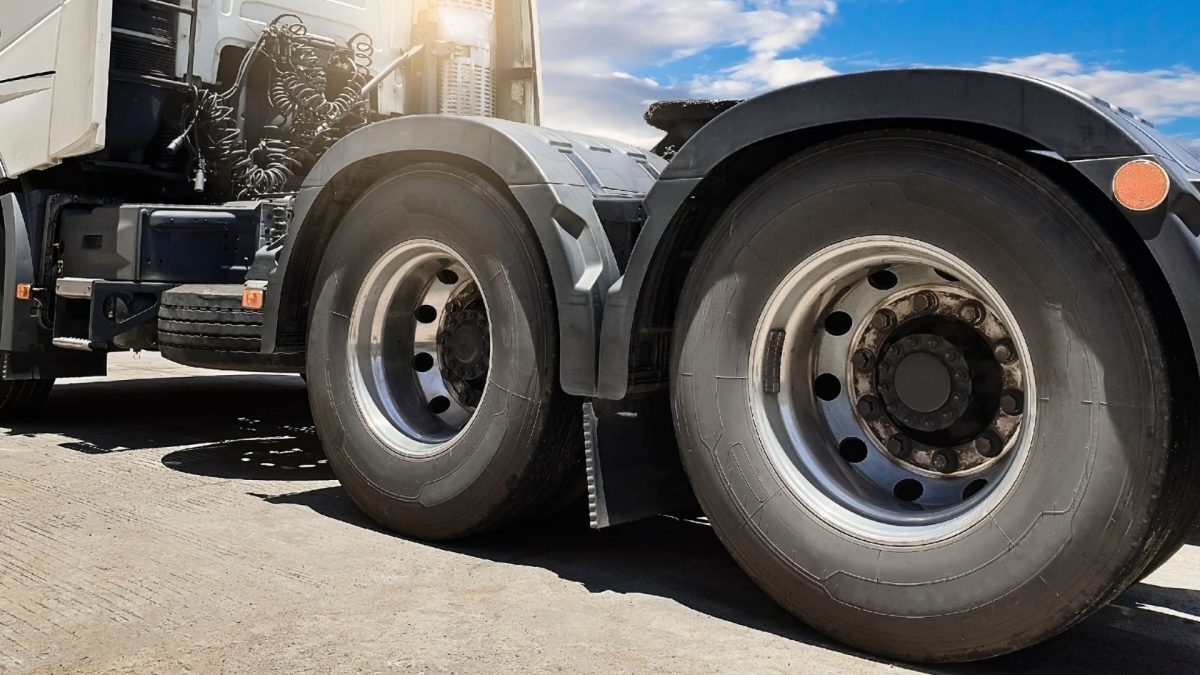Experiencing issues with your forklifts, lift gates, or yard jockey trucks? Our skilled technicians provide comprehensive diagnostics and repair services to get your equipment back in operation. If you’re within 120 miles of our shop in Sanford, Florida, we’ll even come to you!
For those who manage semi-truck fleets, keeping things running smoothly helps your bottom line. When your critical assets break down due to wear and tear, it costs you time and money, increasing your operating costs.
A good heavy equipment maintenance program helps you avoid these problems and keeps your maintenance operations working well. Experienced maintenance technicians understand that taking care of things early, called equipment pm and part of effective maintenance strategies, is the best way to ensure optimal equipment performance within fleet management.
Thinking about the cost of an equipment maintenance program might seem like extra money spent at first. But it’s a smart way to protect your important critical assets, keep your team members safe, and help your bottom line by keeping operating costs down.
If you don't do regular maintenance, you can have big problems that need emergency repair, costing you a lot of money and keeping your trucks off the road. But if you have a clear, simple plan with easy maintenance schedules and you do your preventive maintenance tasks, you can find small problems before they become big and expensive.
Simple Steps For Good Heavy Equipment Care Programs
Making a good heavy equipment maintenance, a solid maintenance program for equipment, doesn't have to be hard. Here are easy steps to help your maintenance operations:
- Preventive Maintenance Program; Taking Care Early: This means your maintenance technicians look at your critical assets often and change things like oil and filters on a set schedule, following your preventive maintenance plans. A good preventive maintenance program helps find small problems – things your team members can see – before they cause big failures.
This means you won't need as much corrective maintenance or emergency repair. Having a clear preventative maintenance schedule is very important for doing these preventive maintenance tasks within your overall maintenance plan. You can even use a simple system or a mobile app to track equipment. - Easy Maintenance Schedules; Knowing When to Check: Instead of waiting for things to break down from wear and tear, make simple maintenance schedules for each of your heavy equipment trucks. Think about how much each truck is used and the kind of work it does. Trucks that work hard will need checks more often.
This helps you avoid surprise corrective maintenance and maintain good equipment performance. The right maintenance strategies involve planning these schedules carefully. This also applies if you have construction equipment in your fleet, ensuring proper servicing of equipment. - Clear Heavy Equipment Maintenance Checklist; Making Sure You Check Everything: Make simple lists for your maintenance technicians to use when they check the trucks.
A clear heavy equipment maintenance checklist makes sure they look at important things like the hydraulic system, tires, and lights every time they do the servicing of equipment. This helps you identifies potential problems before they get serious and need emergency repair. - Keeping Good Records; Using Your History to Make Smart Choices: Keep simple, clear records of all the work you do, like preventive maintenance tasks and any corrective maintenance. This maintenance history gives you information to make informed decisions about what regular maintenance you need to do in the future.
It helps you see if your preventive maintenance plans are working well and if you are effectively managing wear and tear. Good records also help with inventory management for parts. - Easy Ways to Get Work Done; Simple Maintenance Operations: Have a simple way for your maintenance teams to know what work needs to be done and when. Good work order management helps make sure all the maintenance requirements are taken care of on time, making your maintenance operations smooth. These same ideas can even be used if you also manage construction equipment, ensuring all your heavy machinery is well maintained equipment.
How to Make a Simple and Good Care Plan for Your Trucks
Making an easy maintenance plan for equipment involves these simple steps:
- Know Your Important Trucks: First, make a simple list of all your critical assets, the trucks that are most important for your work. Good inventory management starts here. Remember that the same principles apply if you also have construction equipment. You will need to track equipment for all your assets as part of track maintenance.
- Know What Each Truck Needs: Find out the simple maintenance requirements for each truck from the people who made it. This might even include specific ways to monitor wear and tear.
- Make Easy Plans to Prevent Problems: Create simple preventive maintenance plans that list the easy preventive maintenance tasks you need to do regularly.
- Set Up Easy Schedules: Make simple maintenance schedules for all your preventive maintenance tasks, based on how much the trucks are used.
- Use Simple Checklists: Give your maintenance technicians easy heavy equipment maintenance checklist for all their checks and preventive maintenance tasks.
- Keep Simple Records of All Work: Have a simple way to write down all the preventive maintenance pm you do and any corrective maintenance that’s needed.
- Help Your Team Learn: Make sure your team members, especially your maintenance technicians, know how to do all the simple preventive maintenance tasks and why it’s important to follow the preventive maintenance plans. This training should also cover how to spot signs of wear and tear on all your heavy machinery.
- Look at Your Records to Make Smart Choices: Check your maintenance history regularly to see if there are patterns or if your preventive maintenance plans are working well. This helps you make informed decisions about your maintenance operations and how to save on operating costs.
- Keep Track of Your Parts: Have a simple way to manage your inventory management for common parts so you don’t have to wait for emergency repair. This is important for all your heavy machinery.
- Have a Plan for When Things Break: Even with good care, you might need emergency repair. Have a simple plan for what to do when that happens.
Simple Ways Good Care Helps Your Money
Having a good heavy equipment maintenance, a well-structured maintenance program for equipment, that’s easy to follow has many simple benefits for your bottom line:
- Less Money Spent on Fixing Things: By doing preventive maintenance, you can stop big problems caused by wear and tear before they happen, saving money on corrective maintenance and emergency repair, which lowers your operating costs.
- Trucks Work More Often: When you take good care of your critical assets, they break down less, so they are working and making money more. This is a result of good maintenance strategies.
- Trucks Last Longer: Good care, following your preventive maintenance plans, helps your heavy machinery, including any construction equipment, last longer, so you don’t have to buy new ones as soon.
- Safer for Your Workers: Trucks that are well-cared for are safer for your team members to use. Following good maintenance strategies helps with this.
- Trucks Use Less Fuel: Trucks that run well because of good equipment pm often use less fuel, which lowers your operating costs.
- Easier to Plan Your Spending: When you know when preventive maintenance tasks need to be done, it’s easier to plan your budget than when you have a lot of emergency repair costs.
- Trucks Are Worth More Later: Trucks that have been well-cared for and have good records, where you track equipment maintenance and maintenance history, are worth more if you sell them.
In short, having a simple and easy heavy equipment maintenance, which is a vital maintenance program for equipment, focused on clear preventive maintenance plans and the work of your maintenance technicians, is a smart way to help your maintenance operations, lower your operating costs, protect your important critical assets from wear and tear, and improve your bottom line in the semi-truck business.
Conclusion
By doing regular maintenance and preventive maintenance tasks and making informed decisions based on your maintenance history, you can keep your production lines moving and avoid the high costs of unexpected breakdowns and emergency repair. This simple maintenance plan, from equipment pm to keeping track of your parts with good inventory management, is key to saving money and ensuring you have well maintained equipment.
Remember to track equipment well as part of your overall maintenance strategies. The same simple ideas work for all your heavy machinery, including construction equipment. A mobile app can be a useful tool in putting these maintenance strategies into action and helping you track equipment effectively, ensuring proper servicing of equipment.
Partner With Rolon For Reliable Service
For dependable semi-truck repair services around the clock, Rolon Mobile Truck Repair is your go-to solution in Sanford, Florida, and the neighboring communities. Our expert team is ready 24/7 to bring our mobile repair services directly to you.
FAQs Heavy Equipment Maintenance Programs
What is preventative maintenance?
Preventive maintenance is a proactive approach to equipment upkeep that involves performing routine inspections, adjustments, lubrication, cleaning, and part replacements on a scheduled basis. The goal of preventative maintenance is to identify and address potential issues before they lead to equipment failure or costly downtime. Think of it like getting regular check-ups for your own health – it helps catch small problems early before they become big ones.
Why is preventive maintenance important?
It reduces downtime, lowers repair costs, extends equipment life, improves safety, enhances performance, aids budgeting, and increases resale value.
What are the types of equipment maintenance?
Types include: Preventive (scheduled upkeep), Corrective (fixing failures), Predictive (using data to anticipate needs), Reactive (run-to-failure), and Reliability-Centered (focused on critical functions).
How to create a maintenance plan?
- Inventory equipment.
- Determine criticality.
- Review manufacturer recommendations.
- Consider operating conditions.
- Analyze history (if available).
- Define specific tasks.
- Establish schedules.
- Assign responsibilities.
- Implement record-keeping.
- Use checklists.
- Train personnel.
- Regularly review and update.
